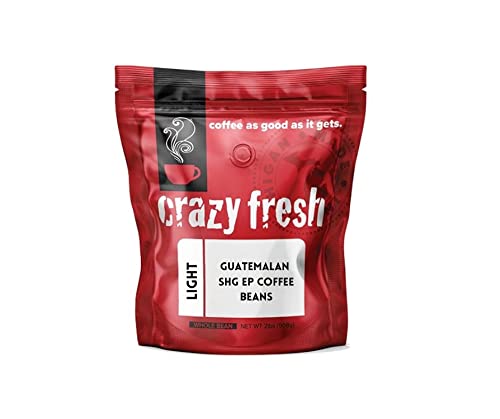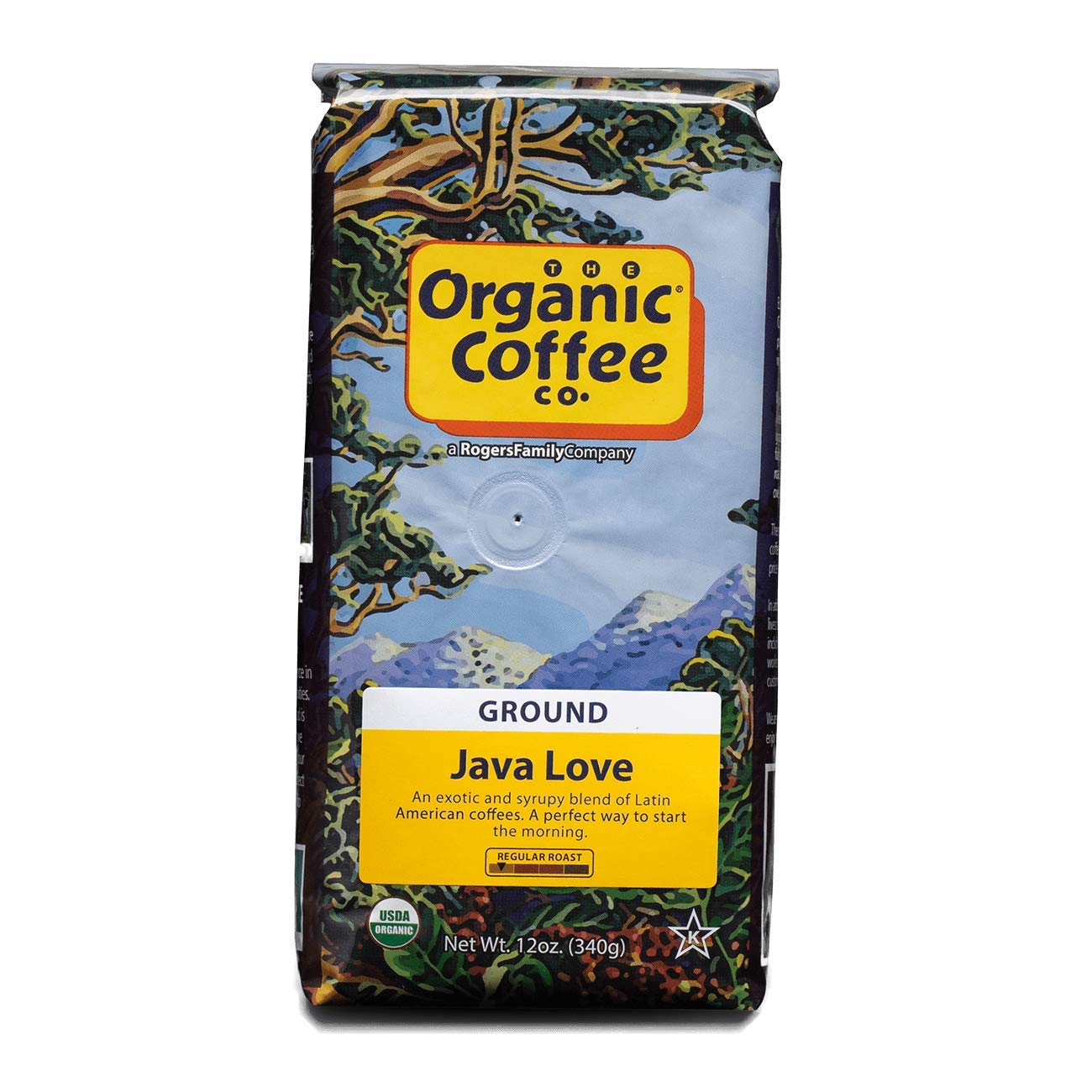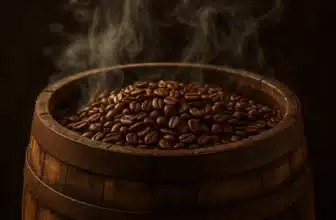
OneHundredCoffee is reader-supported, and some products displayed may earn us an affiliate commission. Details
We spend a considerable amount of time discussing beans, grind size, and brewing methods. But there’s one often overlooked factor that has a massive influence on the final flavor in your mug: water temperature.
Yep, that hot water you pour over your grounds isn’t just there to extract flavor. The exact temperature of that water can determine whether your cup turns out rich and satisfying, or bitter and dull. It can elevate your coffee experience to new heights — or, if done incorrectly, send it straight to disappointment.
Quick View of the Best-Rated Electric Kettles
Ideal for daily users looking for affordability, speed, and reliability without sacrificing safety.
Ideal for health-conscious individuals seeking non-toxic components and hassle-free usage.
Designed for modern kitchens where aesthetics meet function — great for daily hot beverage routines.
Perfect for enthusiasts who demand water at precise temperatures for coffee, tea, or baby formula.
Ideal for coffee connoisseurs and tea lovers who value exact pouring and heat precision.
So, does water temperature matter when brewing coffee? The short answer: Absolutely. And in this guide, we’ll break it all down for you in plain, friendly language. Whether you’re a French press fanatic, a pour-over lover, or a curious beginner, this is your go-to explainer.
What Is the Ideal Water Temperature for Brewing Coffee?
Let’s start with the golden standard: 195°F to 205°F (90°C to 96°C). That’s the temperature range recommended by the Specialty Coffee Association (SCA) for brewing most types of coffee.
Why this range?
- Below 195°F: You risk under-extraction. Your coffee may taste sour, flat, or weak.
- Above 205°F: You risk over-extraction. This leads to bitterness and astringency.
Water that’s too cold can’t pull out the oils, acids, and sugars that make your coffee flavorful. Water that’s too hot extracts bitter compounds too quickly. That sweet spot? It’s magic when you hit it.
Pro Tip: If you don’t have a thermometer, just let your water sit for about 30 seconds after boiling. That usually brings it into the ideal range.
The Science Behind Extraction
To understand why water temperature matters, let’s get a little nerdy (but just a little).
When hot water meets coffee grounds, it starts to extract soluble compounds:
- Acids (citric, malic, etc.) come out first — they give brightness.
- Sugars and oils follow — these balance the cup and give body.
- Bitter compounds are last to extract — too much of these ruins your cup.
The right water temperature controls how fast these compounds dissolve. If the water is too cool, you won’t get the sugars and oils. If it’s too hot, it grabs the bitter compounds too quickly.
Think of it like steeping tea: leave it too short or use water that’s not hot enough, and it’s weak. Let it steep too long or boil it, and it gets harsh.
How Different Brew Methods Are Affected by Water Temperature
Each brew method responds a little differently to water temperature. Here’s how to tweak things to get the best out of each one:
Pour-Over (e.g., V60, Chemex)
- Best range: 195–205°F
- The thin stream of water needs enough heat to extract properly.
- Use hotter water for darker roasts; slightly cooler for light roasts.
French Press
- Best range: 200–205°F
- Immersion brewing means your grounds sit in hot water longer.
- Slightly higher temps help extract evenly.
AeroPress
- Best range: 175–205°F
- Very versatile! Some recipes call for cooler water to slow the extraction.
- If you like a smoother cup, try 175–185°F.
Espresso
- Best range: 190–196°F (but under pressure)
- Machine-controlled. Lower temps highlight acidity; higher temps deepen body.
- Even a few degrees can change the flavor dramatically.
Cold Brew
- Not hot at all — uses time instead of temperature.
- Steep grounds in cold water for 12-24 hours.
How Roast Level Impacts Temperature Choice
Here’s a cool tip many folks miss: Your roast level should influence your brew temperature.
Light Roast
- Delicate and complex
- Needs hotter water (200–205°F) to extract properly
Medium Roast
- Balanced and versatile
- Best with 195–200°F
Dark Roast
- Bitter and bold
- Lower temperatures (190–195°F) help control bitterness
Using boiling water on dark roasts? That’s how you end up with a burnt-tasting cup.
| Image | Product | Features | Price |
|---|---|---|---|
Best Light Roast Ground  | Best Light Roast Ground
| Price on Amazon | |
Best Everyday Light Roast  |
| Price on Amazon | |
Best Organic Light Roast  |
| Price on Amazon | |
Best Taste  | Price on Amazon | ||
 | Best Decaf Coffee
| Price on Amazon | |
 | Best Organic Coffee
| Price on Amazon | |
Best French Roast Coffee  | Best French Roast Coffee
| Price on Amazon | |
Best quality coffee  | Best quality coffee
| Price on Amazon | |
Best Brew  | Best Brew
| Price on Amazon |
Common Temperature Mistakes (and How to Fix Them)
1: Boiling Water Directly Over Grounds
1- Boiling water is too hot and scorches your coffee; Let it cool 30 seconds post-boil.
2: Water Too Cold
2- Leads to sour, under-extracted coffee. Use a kettle with a built-in thermometer or heat control.
3: Inconsistent Temps
3- Pouring water in multiple batches without reheating can cause uneven extraction. Use a gooseneck kettle with heat retention or reheat between pours.
4: Not Adjusting for Roast Level
4- Same temp for every roast = inconsistent results. Go hotter for light roasts, cooler for dark.
How to Control Water Temperature at Home
You don’t need lab equipment to manage water temperature. Here’s how:
Boil and Rest
- Bring water to a rolling boil, then let it rest 30-45 seconds.
- You’ll usually hit the 195-205°F window.
Electric Kettles with Temp Control
- Precise and convenient.
- Look for models with presets for green tea, pour-over, and coffee.
Thermometers
- A digital kitchen thermometer works great.
- A quick and easy way to spot-check your water.
Altitude Adjustments
- Water boils at a lower temperature at high elevations.
- Use an electric kettle if you live in the mountains.
Real-Life Brewing Examples
Let me give you a couple of personal brewing setups to show how much of a difference water temperature can make:
Example 1: V60 with Light Roast Ethiopian
- At 195°F: Tea-like, fruity, but a little weak
- At 203°F: Bright, floral, with a juicy acidity and balanced sweetness
Example 2: French Press with Dark Roast Sumatra
- At 200°F: Harsh and bitter
- At 193°F: Smooth, chocolatey, deep flavor without astringency
Just a few degrees made the difference between a “meh” cup and a “wow” cup.
FAQs About Water Temperature and Coffee
Does boiling water ruin coffee?
It can. Boiling water (212°F) often over-extracts bitter compounds, especially with dark roasts.
Can I use a microwave to heat water for coffee?
Yes, but be careful. Microwaves heat unevenly. Stir the water and use a thermometer if you can.
Is cooler water better for cold brew?
Cold brew needs cold or room-temperature water, but makes up for it with long steeping times.
How important is temperature compared to grind size?
Both matter, but grind size and temp work hand-in-hand. You need the right temperature to extract your chosen grind properly.
What happens if my temperature varies during the pour?
Fluctuations can cause uneven extraction. Try to maintain a stable temperature throughout.
Final Thoughts: Why Water Temperature Deserves More Respect
It’s easy to obsess over expensive beans and burr grinders. But the truth is, even the best beans taste off if brewed at the wrong temperature.
Dialing in your water temp is one of the easiest, cheapest ways to upgrade your coffee routine. And once you start experimenting, you’ll be amazed at how much more control you have over the taste of your cup.
It’s like unlocking a hidden layer of flavor that was always there, just waiting for the right conditions.












